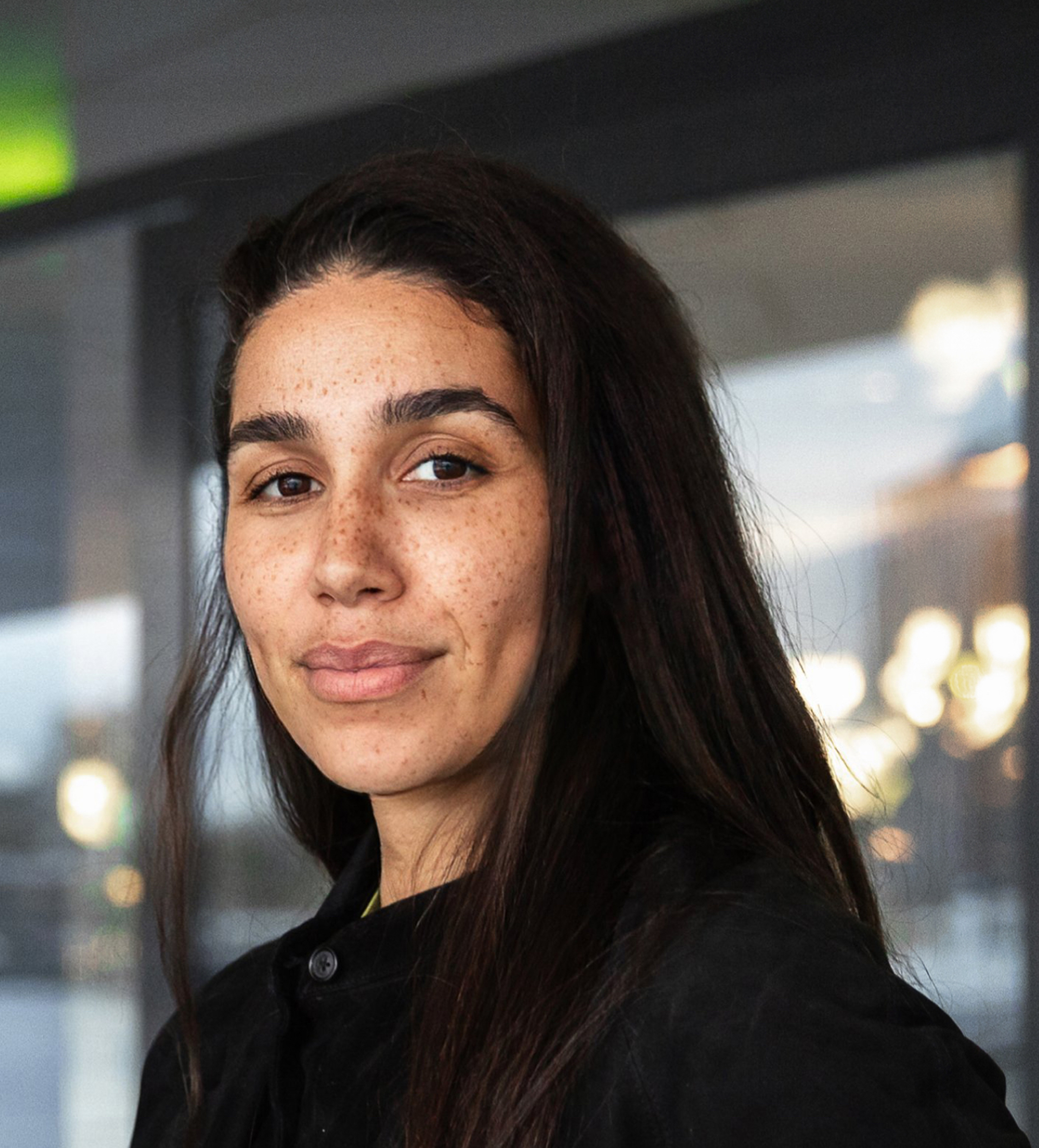About Garrett's Work
Garrett Bradley is an artist and filmmaker blending elements of documentary, narrative, and experimental cinema to explore questions of justice, public memory, and cultural visibility. She often incorporates archival material into her works, and her creative process involves close collaboration with the individuals whose stories she tells on screen. With a distinctive style, she presents her subjects’ stories and voices from an intimate and deeply empathetic perspective.
Bradley’s body of work spans short and feature-length films, video installations, photography, television, and a range publications including artist books and visual essays. She drew inspiration for her multi-channel installation, America (2019), from Lime Kiln Club Field Day (1915), which is believed to be the oldest surviving film featuring an all-Black cast and integrated production team. Bradley interweaves scenes from this early film with 12 black-and-white vignettes of her own creation. Each vignette poetically reimagines moments from early twentieth-century American history. Bradley chose to shoot the scenes on 35mm film, embracing a labor-intensive process that intentionally imposed creative limitations in a digital world. She also limited the use of sound, reimagining a contemporary silent film that could not rely on dialogue to convey meaning. Through the film’s juxtaposed scenes, Bradley seeks to fill gaps in the archives of early cinema and to insert into the public imagination an iconography of Black life and visual culture that has otherwise been lost from this time period.
Several other projects have grown out of Bradley’s personal relationships with members of her New Orleans community. The protagonists in the short film Alone (2017) and her debut full-length documentary Time (2020) are Black women grappling with the radiating effects of their loved ones’ incarceration. Sibil “Fox Rich” Richardson, the central figure in Time, is a dynamic and devoted matriarch, activist, and entrepreneur. She raises six sons while waging a decades-long campaign for her husband’s release from a 60-year sentence in the Louisiana State Penitentiary. Bradley intermixes present-day footage she shoots of Fox and her family with scenes from home movies that Fox has recorded over the years to share the family’s mundane and milestone moments with her husband. Centered on the effects of incarceration and presented from the perspective of family, the film transforms a life—a life from which much time was taken—into an enduring, meditative, and richly layered work of art. Through formal experimentation that pushes aesthetic conventions, Bradley harnesses the full potential of moving images to evoke feeling and render the textures of her subjects’ lives.








